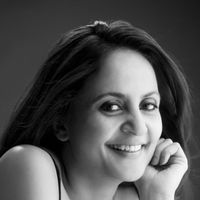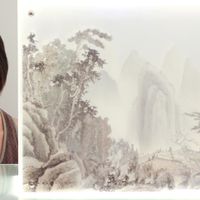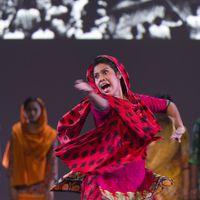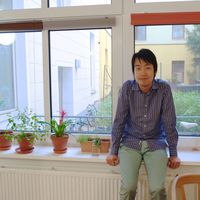A foot in each place: Managing the jet set life between Asia and Europe
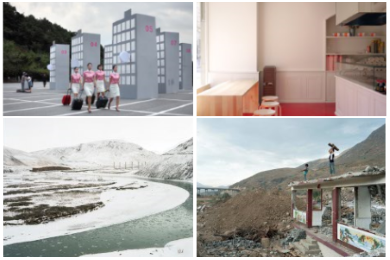 ASEF culture360 contributor Claire Rosslyn WILSON talks to artists Jun YANG and Yan PRESTON about their experiences working on projects in both Asia and Europe as they share the challenges of managing a jet set life.
ASEF culture360 contributor Claire Rosslyn WILSON talks to artists Jun YANG and Yan PRESTON about their experiences working on projects in both Asia and Europe as they share the challenges of managing a jet set life.Jun YANG is an artist based in Vienna, Taipei and Yokohama. His works encompass various mediums – including, film, installation, performance and projects in the public spaces. Having grown up and lived in various cultural contexts, in his artistic work Jun Yang examines the influence of clichés and media images on identity politics.

JUN Yang: Ra’mien go Hoher Markt, restaurant, Vienna, 2012
Claire WILSON: You have worked on various gastronomic projects, what first inspired you to work on projects in the business context?
Jun YANG: I have been working on gastronomic projects since 2002, in the context of art institutions and business enterprises. It basically started out of a conversation with my brother when we decided to open a restaurant and bar in Vienna (it is still until today one of the most popular restaurants in the city). Perhaps the appeal was to work outside of the ‘protected’ art context. By this I mean the parameters of a project within a business reality were very different to doing a project within an institutional context such as a museum or art centre. Within the economical reality it had to compete with other restaurants, and it was certainly a challenge to my own artistic aspiration in context of profitability.
I think it is very important to have the ‘protected sphere’ of an art institution; it gives us the possibility to test out other models of projects without needing to adhere to the logic of an enterprise and business. I am interested in the difficulty of balancing economic and artistic agendas, the border between artistic aspiration and profitability, between a productive solution and a rotten compromise.
Working on the restaurant in a team means a very different way of decision-making and finding solutions. From my experience, working as an artist in today’s art world implies that most decisions are made by the artist. Stimulating working relationships with curators are rare, although they do happen from time to time. In the field of art the reflection on whether something makes sense is rather personal and private. With the restaurant projects, I have always been more exposed and the process of creation is based more on dialogues, but also on compromises. The ego has to step back, whereas in the arts, one traditionally expects the artist to come up with all of the decisions. As an artist, I am primarily responsible for both content and realisation. In a team, I learned to share and to divide responsibility. I also learned that being profitable and having an interest in business is not necessarily a contradiction to artistic freedom, expression and aspiration.
To me, all of these restaurants projects are part of my artistic practice, reasoning and aspiration. My contribution was never meant to be pure service or decoration. Most important to me is that I have always been one of the initiators. This put me in the position to question the entire venture and its framing conditions time and again.

Jun YANG: GfzK Garden, Museum of Contemporary Art Leipzig, garden facility, shop, 2006-2011
CW: What motivated you to base your practice in the three cities of Vienna, Taipei and Yokohama?
JY: They were very personal reasons. I grew up in Vienna, but one point I felt I hit an invisible wall – personally and artistically. At that time I did very well in Vienna, I had just done several international Biennials, received a prestigious art award as well as other achievements. But still I felt I needed ‘re-think’ things. I live in Yokohama because my family is there and Taiwan is connected to my family history.
CW: What are some of the challenges when developing a creative practice in three cities?
JY: As ‘international-jet set’ as this whole thing sounds, it is also very exhausting. It takes a lot of coordination, planning and some sort of discipline. For my artistic practice, the things I need are always in the other city. My colleagues have a studios, I work in the three apartments in each of the city, so things have to me more flexible.
Also on a personal level, you are never there. Nobody counts on you being there, so don’t expect people calling if you want to join dinner or go to the cinema, because they don’t think you are in town. In addition, even though the exhibition scene and market have become very global, the art world still relies on a false sense of ‘nationality’ or nostalgia of the ‘local'. Or in other words it is still important to have a base and to be part of a specific ‘cultural’ identity, even as a 21st century artist. As absurd as it might sound people still look for the ‘Japanese’ or ‘Taiwanese’ artist.
CW: What do you find is the most valuable aspect of basing your practice in different cities?
JY: Well, you understand that what ever given law and fact gets challenged. The parameters of one city, of one society and its culture do not apply to the next city. At the same time you see different ways of problem solving and people coming up with very different solutions and creative possibilities. You basically have to question the status quo, and I think this is certainly one of the most important aspects of creative practices no matter what.
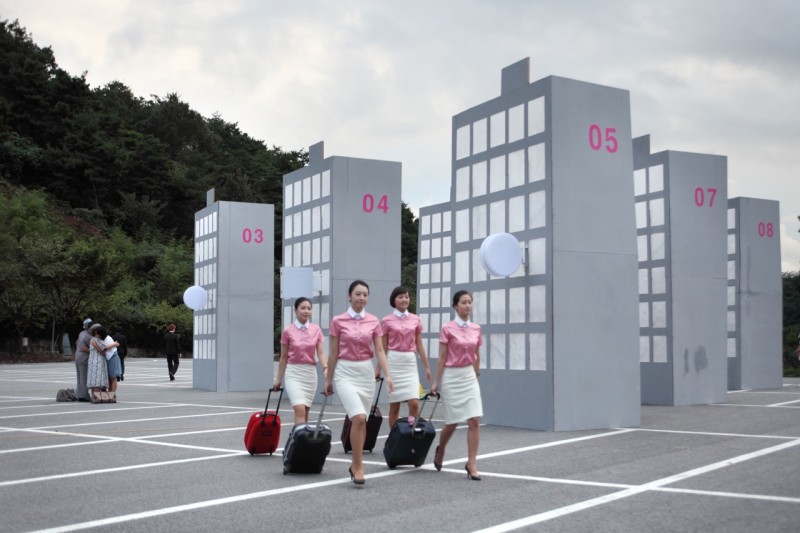
Jun YANG: Seoul Fiction, Super 16mm film converted to HD, 2010
CW: What kind of advice would you give an emerging creative freelancer wanting to develop an international career?
JY: Get out! Really don’t stay in one place, unless you’re doing extremely well there (even then get out, you can afford it!). It is easier today then ever. There are so many artist in residence programs – apply – go. If no artist in residence program suits you, go to the place or the culture that interests you. Today there is not a single centre of were things happen anymore, there are multiple centres and the attention shifts quicker and moves on. So there is not the place or one single place to be – as an artist or fashion designer!
Although photographer Yan PRESTON initially worked as an anaesthetist, she’d been an amateur photographer since the age of 19. When she moved from China to the UK in 2005 she decided to take the plunge and make it her profession. For the first five years she did jobs ranging from commercial assignments, weddings, to museum and gallery commissions. When she was earning a steady income form her work she decided to pursue more of her own projects.
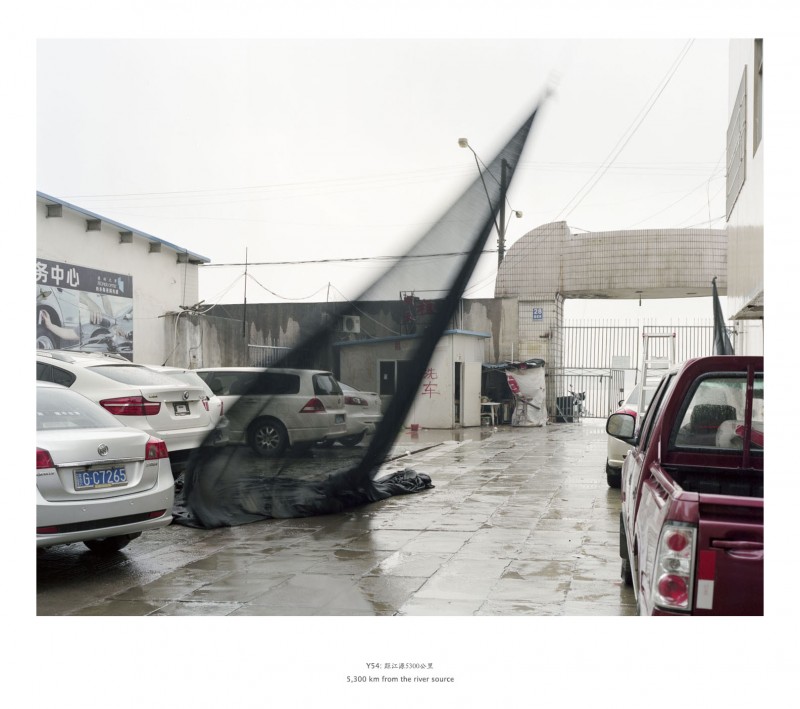
Claire WILSON: What is your relationship to China and how does it inspire your creative practice?
Yan PRESTON: China is my Motherland. It is an extremely inspiring place because it’s so full of energy. Things happen and change very fast, everything feels possible. The landscape is so raw, and paradox is everywhere laid bare to be seen. For this reason it is a bit addictive for an artist like me. In a practical sense, working over there while living in the UK does bring a set of ‘international’ challenges.
CW: What surprises or challenges did you find while working on your creative projects in China? How does it differ to your projects in the UK?
YP: I have done one project in China, ‘Mother River’. The ultimate outcome of this 4-year project is a huge photographic project, for which I photographed the 6,211KM Yangtze River with a precise interval of every 100 kilometres. But during the research and experiment stage, I also did 3 performance based pieces along the river, plus another photographic project called ‘Forest’. The last one is still on going.
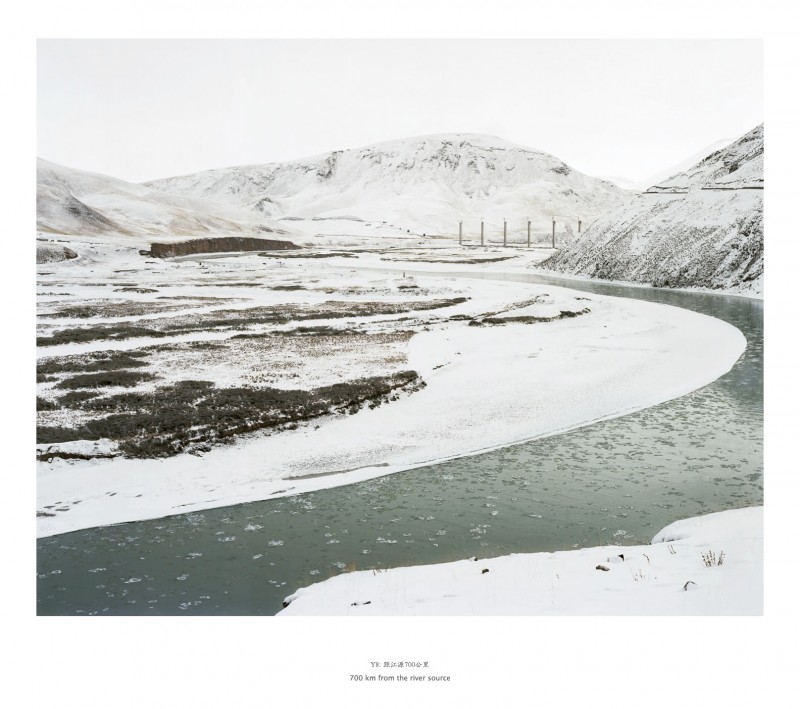
The long distance makes it difficult to return to my physical subject whenever I want. But I’m getting used to the intense field trips to China. Time in the UK can be spent on reflecting and editing. Projects in the UK are relatively relaxed. For example, I did two projects on two different rivers in England. I walked both rivers at least twice, planned the sits and weather conditions.
To be honest, it is international exhibitions that I find the most challenging. ‘Mother River’ is having 3 touring exhibitions in China. Now I have to work with many different partners across different locations and time zones. Things can get messy easily. Face-to-face communication is difficult and emails often lead to misunderstanding.
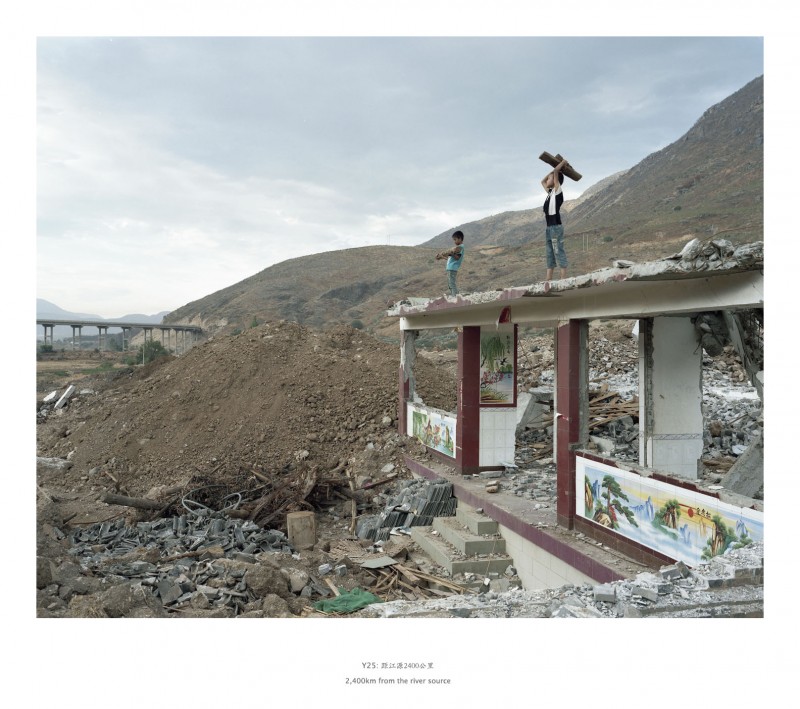
CW: You often work on themes of environmental development in your work, have you noticed any different attitudes or approaches to this theme between China and the UK?
YP: From my personal experience, the levels of overall environmental awareness in China and UK are quite different. In China it is not as popular a topic. But on individual levels, Chinese people seem to consume less energy. With China being a developing country, its ‘environment’ is being ‘developed’. Problems are fresh and urgent. I think that a higher degree of environmental awareness will benefit China. It could help China to learn lessons from developed countries and make less mistakes.
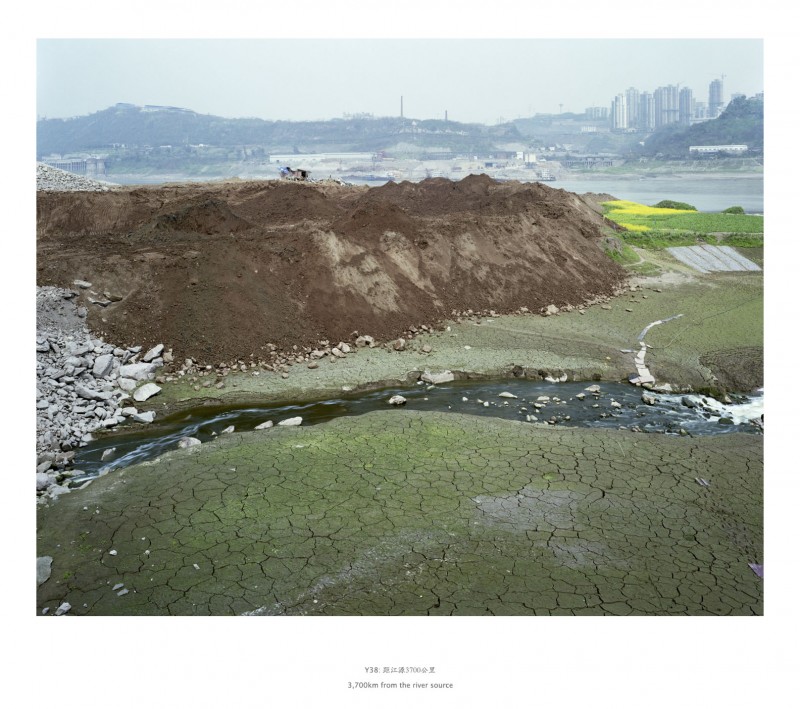
CW: What kind of advice would you give an emerging creative freelancer wanting to work on international projects?
YP: Well, it’s very important to keep it as simple as possible, work with less partners, less people and smaller scale to begin with. Be patient and do things step by step. Also be open-minded and not to prejudge. Different countries have different history, perceptions and conditions, all of which need to respected fully.
CW: What do you think makes a good or successful creative freelancer?
YP: I have had many set-backs. The most important thing is to stick with it. You have to really want it. Then you can find a way, gain the skill and the connection to do it. And don’t be afraid of mistakes. We learn the most from them.
Claire Rosslyn WILSON is a poet and non-fiction writer who focuses on writing about arts and multicultural topics. She has eight years professional experience in resource development and the arts and has worked with international and non-profit organisations in Thailand, Singapore and Australia. She has had her work published in various journals and in 2014 she undertook fellowship at the Wheeler Centre to develop a book of poems. You can follow her exploits on Twitter @clairerosslyn

